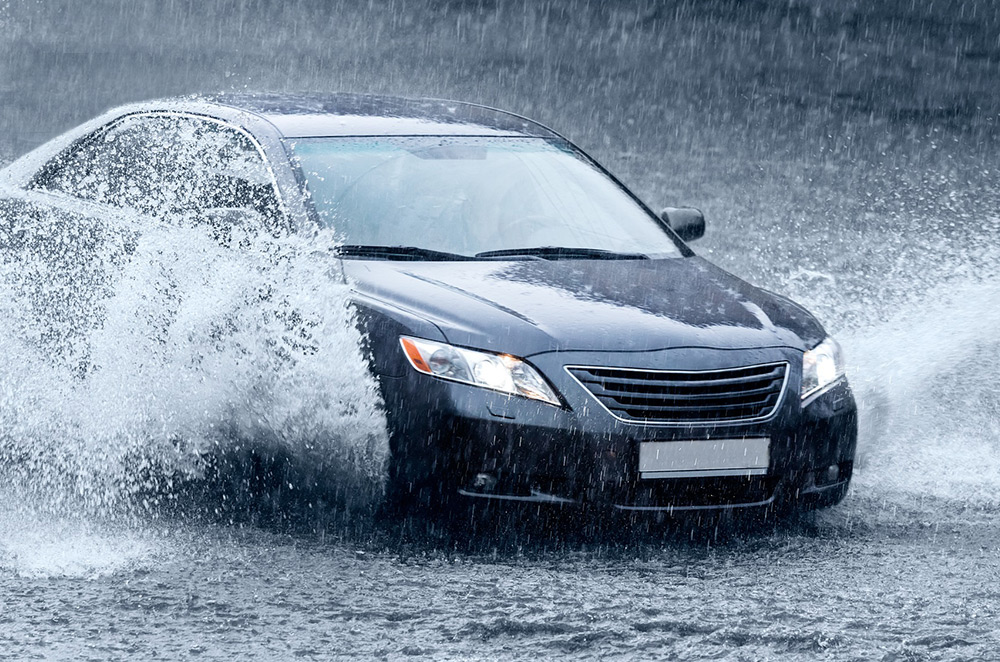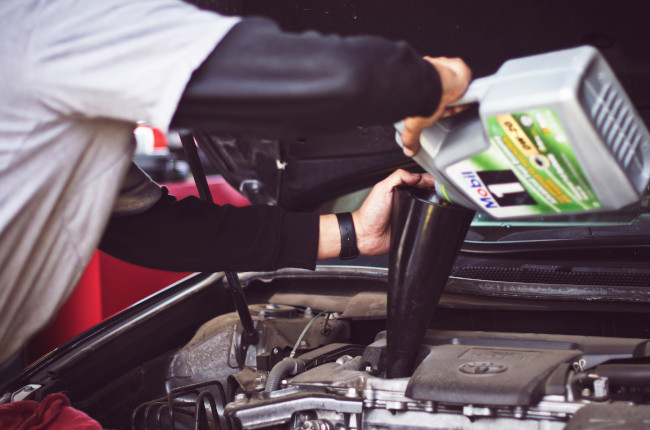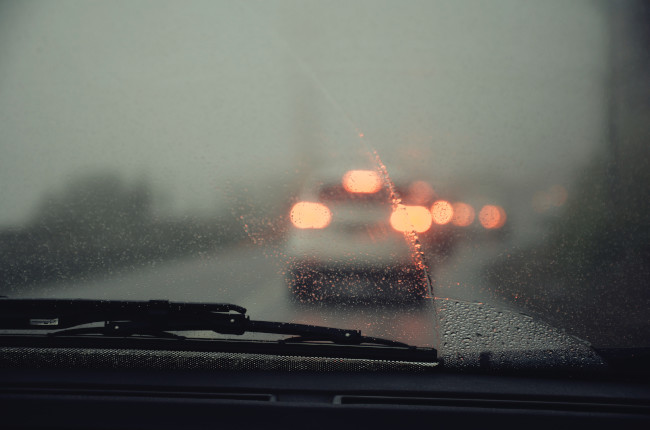
Water is a necessary element in life. It is also a necessary element in rain. For most motorists, rain is a hassle to drive through. Not only does it slow down traffic to a snail’s pace but it also brings potential hazards to the individuals in the vehicles. Plan with your vehicle’s body style in mind. A sedan might not fare as well in floodwaters compared to a crossover with ground clearance. An SUV will be a much better choice for tackling most troubles on the road, while a low-slung coupe may suffer once things get out of hand.
You can’t stop the rain, but you can prepare for it. Typhoons are no laughing matter for most people, especially the ones that live in areas where rain is abundant. Here are a few steps you can take to prepare your car for torrential downpours.
Oil and fuel

Ensure your car is properly maintained and fueled up before a big storm hits. If your PMS schedule is coming up, it might be wise to book immediately, especially if your car seems like it’s due for an oil change. It will also help to gas up your car with a full tank of gas before things go awry, so you’ll spend less time on the road when conditions go south.
That being said, dealerships and service centers may also close during a strong typhoon. Booking during a typhoon is nearly impossible, as some businesses will prioritize the safety of their staff. As a considerate client and a responsible car owner, try and schedule your service appointment earlier than usual if the rainy season is in full swing. That way, you won't be left with a low fuel light, low oil light, or a service warning at an inopportune time.
Check your wipers

Before the rain hits, it is important to make sure that your wipers are in good condition. Visibility is an important aspect of driving, and rain hampers said aspect. Your best line of defense against light-bending water droplets for a car’s windshield is the wipers, and ensuring these items are functioning stellarly will ensure a squint-free experience.
There are two common types of wiper materials you can choose for your car like graphite-coated rubber, silicone, with the former being more affordable, and the latter being longer-lasting. If you're buying replacements, make sure to go with a compatible blade for your car. It's also important to get the right type of wiper, choices range from standard to snazzier banana-type wipers. The price will vary depending on the aesthetics and type of wiper you opt for, but the material of the blade will determine the price you start with. If you find yourself in a pinch, and unable to buy some wipers, try using a degreasing agent such as dishwashing liquid in order to remove impurities from the rubber or silicone material on the wiper blades.
Check and clean your headlights

If you drive an older automobile, chances are your lights may be a little yellow from all the scratches that have accumulated over the years, or perhaps your bulbs aren’t as bright as before. In a rainstorm, lights are very important, especially on country roads where there are no external sources keeping the road lit. When it rains cats and dogs, the light will have to pass through many things, so ensure your lighting systems are up to par.
You can polish and un-yellow the headlights of your car with the use of toothpaste or some polishing compound. If your lights are still dim, perhaps it is time to buy a new set of halogen bulbs in order to bring back the output to stock levels. If you have fog lamps, clean them, ensure they work, and use them accordingly. Also, check your rear lights as well.
Raincoat, umbrella, and boots

You’ll eventually have to leave your car, so you might as well do it with a full set of rain gear. It’s like what your mother said, grab a jacket so you won’t catch a cold. This statement can be pretty helpful because rain isn’t exactly the cleanest environment to be in, so it is important to protect yourself from potential life-forms that’ll give you a hard time.
Grab a jacket, it can be simple or stylish, as long as it has a water repellent material, you’ll be fine. It also helps if it keeps you warm as well. An umbrella is also a great tool to have, especially if you’re carrying passengers. Rain boots are optional if you so choose. It allows you to step in puddles and shallower floods without worrying about your shoes. You can also buy shoe covers that go over normal sneakers or sandals. Use these in conjunction with the other gear mentioned, and you'll be more or less protected. Of course, you can always go the more extreme route, but generally most people make do with an umbrella.
Plan your routes

Download apps on your phone, and if you can, download offline maps. Cell service might not always be accessible, hence it is advisable to download an offline map through Google Maps or whatever navigation application you use most often.
Also, start planning your routes in order to get home. Some areas might get blocked off due to floods or obstructions on the road, so it’ll be best to tune into Waze or anticipating potential no-go zones via the radio. It's also good to keep your eyes on news reports on hazardous areas.
Check your tires

Make sure that your tires are free of punctures and inflated properly. This is important, rain or shine, but we think it’s more important during the rain as you will find yourself struggling to get it pumped back up while nature is chucking buckets of water at you.
Check the tire pressure at your local gas station. For the proper pressure, check the door sills for the manufacturer’s recommendations. You may typically find these recommendations on a sticker on the driver's side door sill.
Latest Features
-
The difference between wax and polish / Tips & Advice
Confused about whether your car needs a wax or polish? This article will guide you on what they are and what to choose for your car.
-
The 6 things every Ford Ranger must pass before it leaves the factory / Featured Article
Every Ford Ranger, from the base model to the Ranger Raptor, goes through a full inspection process before it leaves the factory. This includes six steps that make sure it’s ready to drive a...
-
Which GAC AION EV is best for your everyday lifestyle? / Featured Article
The GAC AION lineup has something for everyone, maybe you're after space, speed, or just a smooth city drive. Here's a quick breakdown of which model might work best for your day-to-day life...
Popular Articles
-
Cheapest cars under P700,000 in the Philippines
Jerome Tresvalles · Sep 02, 2024
-
First car or next car, the Ford EcoSport is a tough package to beat
Jun 18, 2021
-
Car Maintenance checklist and guide – here’s everything you need to know
Earl Lee · Jan 12, 2021
-
Most fuel efficient family cars in the Philippines
Bryan Aaron Rivera · Nov 27, 2020
-
2021 Geely Okavango — Everything you need to know
Joey Deriquito · Nov 19, 2020
-
Family cars in the Philippines with the biggest trunks
Sep 20, 2023
-
Head to head: Toyota Rush vs. Suzuki XL7
Joey Deriquito · Oct 28, 2020
-
Why oil changes are important for your car
Earl Lee · Nov 10, 2020
-
2021 Kia Stonic — What you need to know about it
Joey Deriquito · Oct 16, 2020
-
Top 7 tips for buying a used car in the Philippines
Joey Deriquito · Nov 26, 2020




